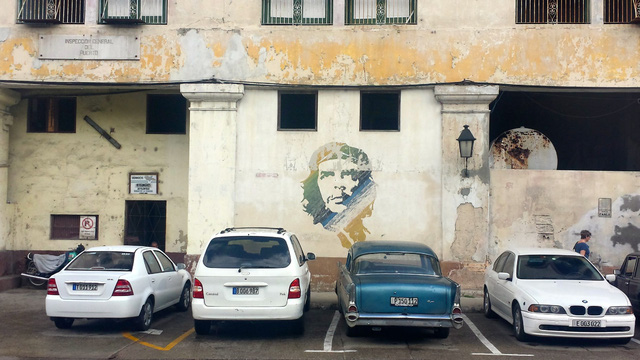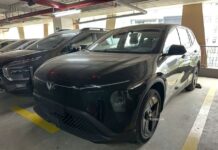Multimarcas, a car dealership in suburban Havana, is not your typical showroom. This dealer has only one salesperson, and despite the “Multi” (meaning many) in its name, there is only one brand new car, a 2014 Kia Picanto, being sold here.
The price will make even the most extravagant spenders in the US and Europe scoff: 68,000 CUC (equivalent to 68,000 USD). This figure is 7 times the price of a similar Kia Rio, a similar car model in the US.
In Cuba, not only new cars are expensive. A Chinese Geely on Revolica, a Cuban version of Craiglist, with “only 93,000 km” on the odometer, is priced at 43,000 USD. A used 2012 Hyundai Accent is also priced at 67,000 USD.
Cuba is famous for its classic Cadillac and Chevey cars used for tourist rides, but Cubans prefer to drive affordable cars like Korean Kias and French Peugeots because they are more comfortable and fuel-efficient.
Cuba is the only country where the value of affordable cars is increasing over time, even when they deteriorate quickly due to roads with many potholes. The reason is the increasing demand while the supply does not go through a similar trend.

Cuba has a complex history with private vehicles. After the revolution in 1959, they banned almost all car sales (but allowed existing owners to keep their cars). The government gave cars to artists, athletes, and outstanding workers. High-ranking officials could use government vehicles and buy cars at preferential prices when retiring. Fuel prices were almost free.
When Cuba opened its economy, although slowly, it allowed the car market to become more liberalized. Since 2013, individuals have started buying and selling used cars without government permission. New cars can only be sold through state-owned dealerships like Multimarcas.
Limited internet access makes it difficult for buyers to compare prices. Many people find transportation through word of mouth or Revolico, mainly used by individual sellers and small businesses.
The car ownership rate, 20 per 1000 people, is one of the lowest in the world. The government controls imports, allowing 2000 cars per year for the past 5 years. Cuba’s cautious approach to economic liberalization has sparked demand for used cars.

A new group of entrepreneurs, cuentapropistas (self-employed individuals), as well as Cubans with cash received from family abroad, want to own a car. Therefore, in the market, used cars (with limited supply) are seen as a “perfect” commodity rather than a depreciating asset.
A businessman said he bought and sold 2 cars last year with a profit of 20,000 USD, which is much higher than the 25 USD/month salary he received from the government. He doesn’t know much about buyers because they probably don’t want to disclose their financials.
A cuentapropista couple in Havana bought a 2011 European sedan for 30,000 USD four years ago and sold it for 45,000 USD. They then bought a used SUV for 100,000 USD. The wife said, “We could buy a few BMWs at the same price in the US.”
Another resident in Havana sold his house to buy a 25-year-old VW Golf for 10,000 USD. In 10 years, its value doubled. He said, “I could sell it for even a few more thousand if it had air conditioning.”
A retired engineer bought his 1980s Russian Lada model from his state-owned company for 160 USD in 2000, and sold it last year for almost 100 times the price.
Cubans understand how crazy their used car market is. Panfilo, a comedian, even joked on national television that the prices of used cars are so high that even the lion of the Peugeot company would be amazed.






































